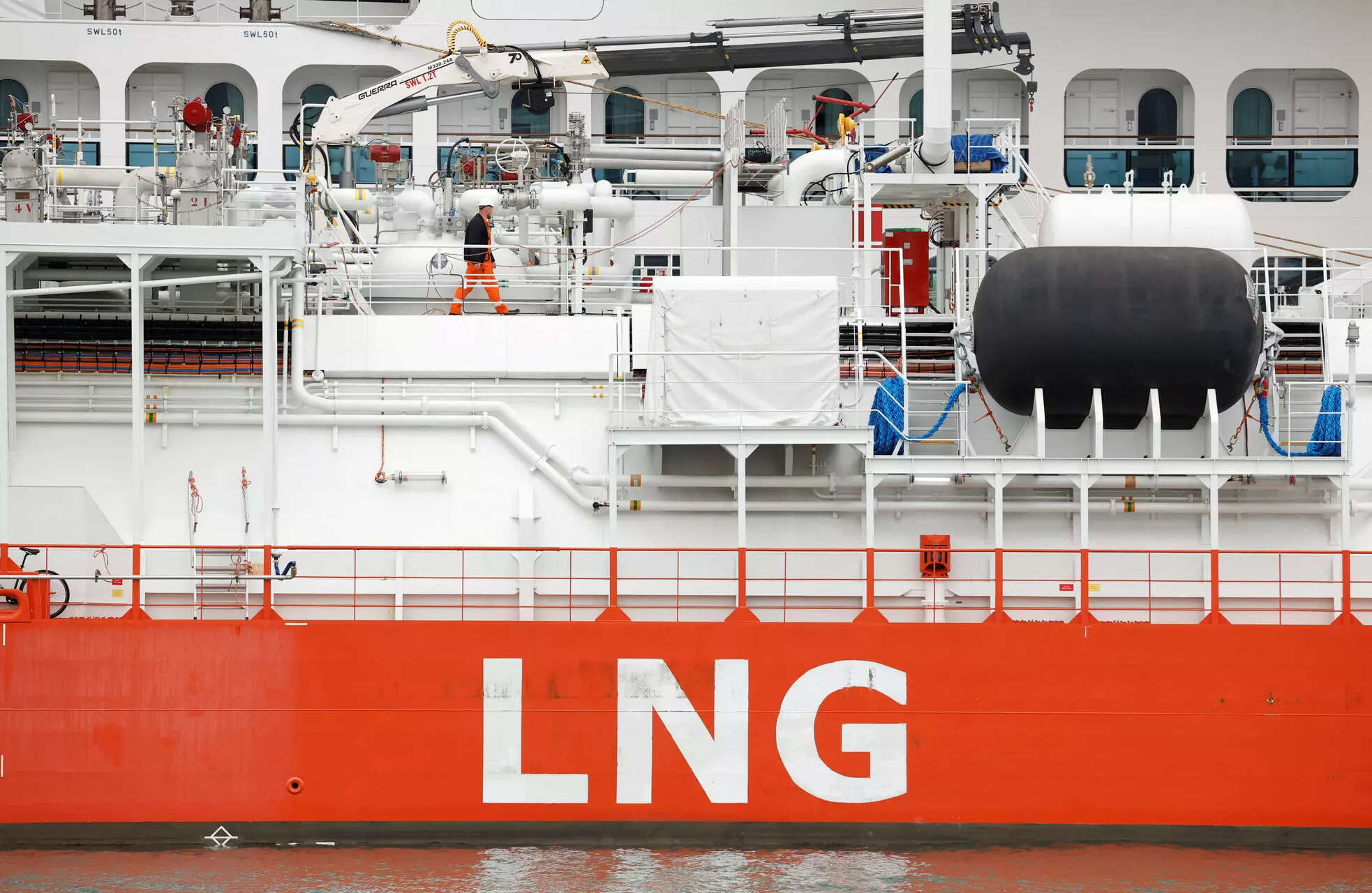
New Delhi: With quicker adoption of liquified natural gas (LNG) becoming a centre point in government’s gas policy and to control greenhouse gas (GHG) emissions, leading city gas distributor (CGD) Adani Total Gas Ltd has identified this super-chilled fuel to fuel its growth. Adani Total Gas Ltd (ATGL) is aiming to increase the adoption of LNG as the primary fuel for long-haul commercial vehicles, replacing diesel, through an ecosystem approach, a senior company official said.
This includes strategic tie-ups with various stakeholders like auto ancillaries, Original Equipment Manufacturers (OEMs), fleet operators, end-use industry, and retrofitment players to advocate for quicker adoption of the fuel.
“The biggest challenge of LNG is distribution. Currently we have only a handful of LNG dispensing stations and hence it is a chicken and egg situation. Fleet operators are unwilling to invest in switching over till the distribution network comes up, and till the demand builds up, oil marketing companies (OMCs) are not expanding the number of LNG outlets.
“To address this, we are engaging with all stakeholders in the ecosystem for a quicker adoption of this green fuel,” said Suresh P Manglani, CEO, ATGL.
Over the last two months, ATGL has signed MoUs with alternative fuel system manufacturer Shigan, cryogenic liquid storage, distribution and re-gas solutions provider INOX CVA, and Adani Cement, which engages a large number of fleets for logistics. The company said over the coming months, more such partnerships will be stitched up.
ATGL, which already has a network of over 500 CNG retail outlets nationwide, plans to set up 50 LNG dispensing stations across national highways over the next couple of years, and is already in the process of setting up five stations in the vicinity of Adani portfolio companies in cement and mining sector to make their logistics greener, he said.
The first LNG station is expected to be commissioned at Dahej in Gujarat by the first quarter of the next financial year, he said.
Of India’s total diesel consumption of around 80 million tonnes in a year, roughly 50 million tonnes is consumed by the medium and heavy commercial vehicle (M&HCV) segment.
Given fuel accounts for the lion’s share – up to 60% – of a truck operator’s cost, LNG offers about a 20 % cost advantage over diesel.
Additionally, natural gas engines run at lower vibration and do not require diesel exhaust fluid (mandatory for emission control), all of which results in lower overall operating cost.
As LNG is stored in high pressure, a specialized cryogenic tank needs to be fitted, which is the single biggest retrofit cost. The company hopes that with increased demand, and an ecosystem approach, retrofit costs will come down in the future.
“A fully-loaded truck with a tankful of LNG can cover 600-700 kms, similar to diesel. Hence the ‘range anxiety’ can be overcome by placing filling stations every 400 kms on highways, which is our plan,” Manglani said.
A report recently published by the Energy Transition Advisory Committee, formed by the Ministry of Petroleum and Natural Gas, has strongly recommended LNG as a transition fuel for replacing diesel over the next 10 to 15 years.
LNG has higher calorific value and burns much cleaner than diesel. Using LNG results in reduction of CO2 emission by 30 %, particulate matter (PM) by 80 %, and SOx by 100 %.
“What differentiates us is as a CGD (city gas distribution) entity, we have the required expertise in handling LNG, which has very specialized storage, transportation and dispensing requirements.
“And unlike for PNG and CNG, which require us to operate in our license areas only, LNG is license free, which means we can set up dispensing units anywhere we want,” he added.

